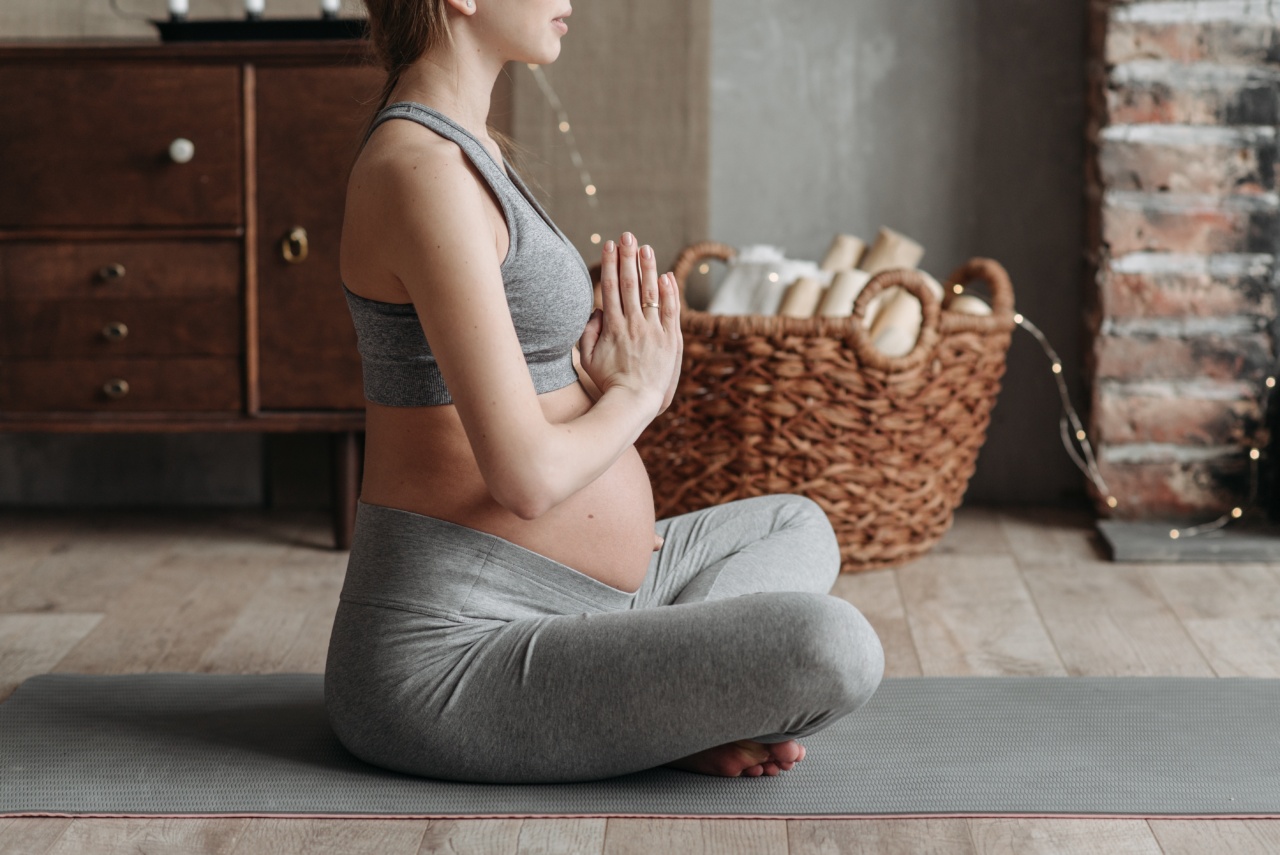Pregnancy is a wonderful stage in a woman’s life, but it also comes with its fair share of discomforts. Swollen legs and feet are one of the most common issues that pregnant women face, and it can be quite bothersome.
However, there are natural remedies and preventative measures you can take to calm your swollen legs and provide relief. In this article, we will discuss the causes of leg swelling during pregnancy and provide you with effective tips to manage it naturally.
Understanding Leg Swelling During Pregnancy
Leg swelling, also known as edema, is a common condition that affects many pregnant women. It occurs due to a combination of increased blood volume, hormonal changes, and increased pressure on the blood vessels and lymphatic system.
This often leads to fluid retention, especially in the lower limbs, resulting in swollen legs and feet.
The Causes of Leg Swelling during Pregnancy
There are several factors that contribute to leg swelling during pregnancy. Understanding these causes can help you take appropriate measures to prevent and alleviate the discomfort:.
1. Hormonal Changes
During pregnancy, your body goes through a hormonal rollercoaster. Increased levels of progesterone can cause blood vessels to relax and expand, leading to fluid retention and swelling in the legs.
2. Increased Blood Volume
When you’re pregnant, your body produces more blood to support the growing fetus. This increased blood volume can put pressure on the blood vessels, leading to edema.
3. Pressure from the Uterus
As your baby grows, your uterus also expands, putting pressure on the veins located in your pelvic area. This pressure can impede normal blood flow, resulting in leg swelling.
4. Reduced Circulation
Pregnancy can hinder proper blood circulation, especially in the lower extremities. Poor circulation can cause fluid to accumulate, leading to swelling in the feet and legs.
Tips to Calm Swollen Legs Naturally
While leg swelling during pregnancy may be unavoidable to some extent, there are several natural remedies you can implement to reduce the discomfort and promote better circulation:.
1. Elevate Your Legs
Whenever possible, elevate your legs above heart level to help reduce swelling. Lie down and use pillows to prop up your legs. Elevating your legs reduces the pressure on your veins and promotes better blood flow.
2. Stay Active
Regular exercise helps improve circulation and reduce fluid buildup. Engage in low-impact activities such as walking, swimming, or prenatal yoga to keep your blood flowing and reduce swelling in your legs.
3. Avoid Prolonged Standing or Sitting
Prolonged periods of sitting or standing can contribute to fluid retention and swelling in the legs. Take breaks and move around frequently to encourage blood flow.
4. Wear Compression Stockings
Consider wearing compression stockings or socks specifically designed for pregnant women. These can help improve circulation and prevent edema by applying gentle pressure to the legs and ankles.
5. Stay Hydrated
Drinking enough water throughout the day helps flush out excess fluids from your body and prevents dehydration. Proper hydration can assist in reducing swelling in the legs.
6. Massage Your Legs
Gently massaging your legs can stimulate blood flow and reduce fluid accumulation. Use a moisturizing oil or lotion for a more relaxing experience.
7. Incorporate Foods with Natural Diuretic Properties
Some foods possess natural diuretic properties that can aid in eliminating excess fluid from your body. Include foods like cucumber, watermelon, celery, and parsley in your diet to help reduce leg swelling.
8. Try Cold Compresses
Apply cold compresses to your swollen legs to reduce inflammation and provide temporary relief. Wrap ice packs in a thin towel and apply them to the affected areas for 10-15 minutes at a time.
9. Avoid Tight Clothing
Tight clothing, particularly around the waist, groin, and legs, can restrict blood flow and exacerbate swelling. Opt for loose, comfortable clothing to ensure proper circulation.
10. Regularly Practice Leg Exercises
Simple leg exercises can improve circulation and relieve swelling. Rotate your ankles, wiggle your toes, and flex and extend your feet while sitting or lying down.
Conclusion
Swollen legs during pregnancy can be quite uncomfortable, but they are a common occurrence. By understanding the causes and implementing these natural remedies, you can help minimize swelling, improve circulation, and find relief from discomfort.
Remember to always consult with your healthcare provider if you have concerns about your swollen legs or any other pregnancy-related issues.































